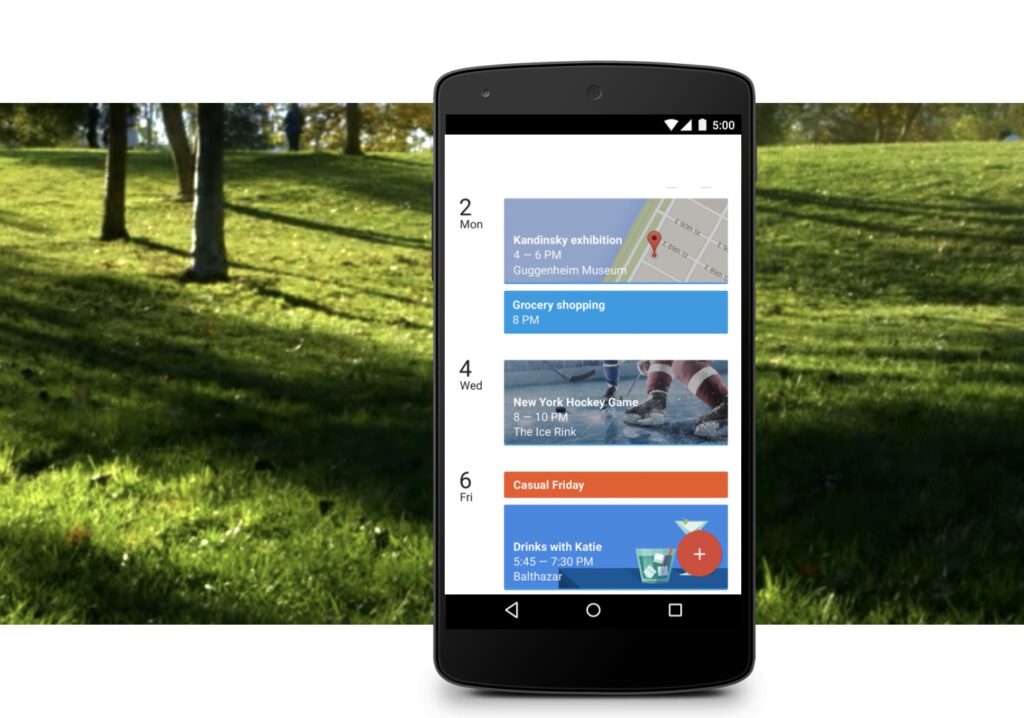
Adobe’s Project Shasta is an AI-powered, web-based audio editor
Adobe is testing a new web-based tool that uses AI to simplify audio recording. This software is called Project Shasta, and it can make recording and editing podcasts and other projects are much easier and more close to approach.
The project began in Adobe Labs as an experiment to find “new ways to help people edit audio on the web,” Mark Webster, Adobe’s audio product head, wrote in posting on product hunting. “But then it became clear that the pandemic made the recording too difficult, even for audio professionals. Our vision becomes empowering everyone with the tools they need to make audio sound professional.”
The result is a browser-based tool – it requires Google Chrome – to create and edit audio recordings in the visual interface without the need for professional equipment or other sophisticated tools.
Users recording their audio in clips and Shasta automatically transmits recordings. From there, the editing is as simple as deleting the text from the transcription. There are also AI-based filters that can improve audio quality or automatically delete fillers such as “um.” Project Shasta also supports remote recordings, so guest speakers can easily join for recording. The software will handle synchronizing clips even if one person has a bad internet connection.
While the most obvious use case for Shasta is recording podcasts, webster records can also be used for voiceover, videos, and other projects with audio components.
For now, it is not clear exactly what Adobe has planned for Project Shasta. Webster said that the software was in the “initial alpha” stage, and that the company shared it now to get feedback from testers, but not sharing when it might be available wider. Project Shasta is “free for now” to those who request access through the Adobe website.






